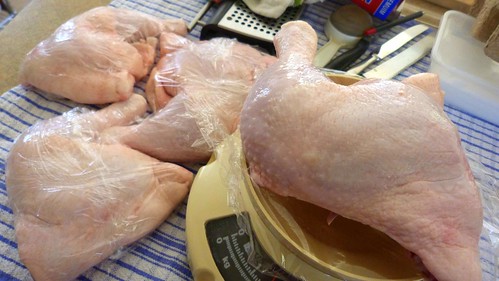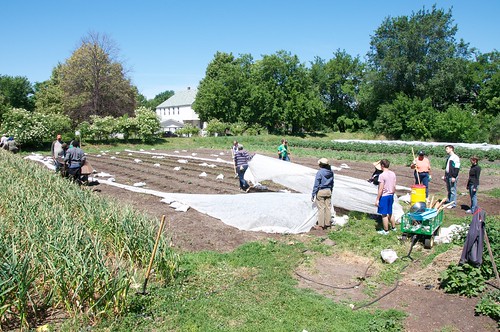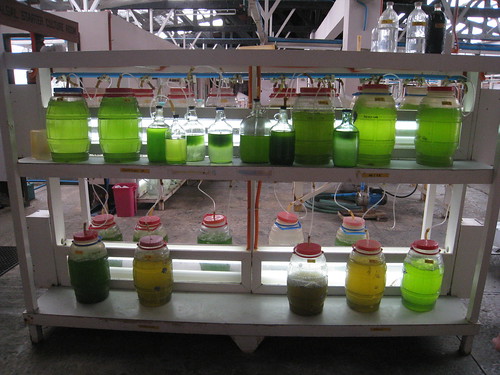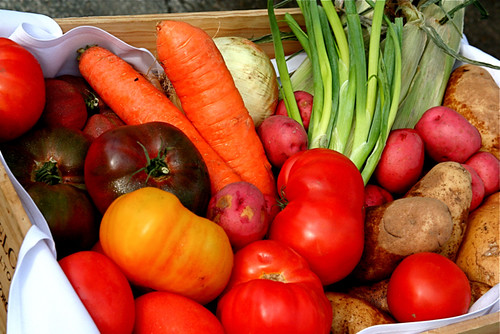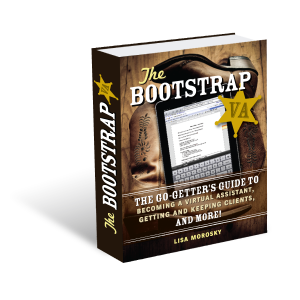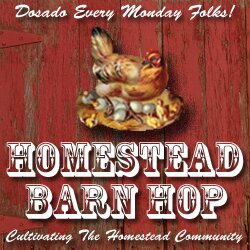I have been reading the “Four Season Harvest” by Eliot Coleman and am becoming more intrigued about cold frames and greenhouses. The author promotes a laissez-faire method of protecting winter crops, working with nature, instead of against her. He builds simple, passive cold frames and uses low and high tunnels for protecting cold-hardy crops rather than forcing heat-loving plants to thrive in a heated greenhouse.
Instead of relying on hothouse tomatoes and citrus flown in from exotic climates down south, his family dines exclusively on the bounty nature provides in their own yard during the winter. Cold-hardy crops include such things as arugula, beets, carrots, celery, chard, chicory, cabbage, escarole, kale, leeks, lettuce, mache, parsley, radicchio, radishes, scallions, sorrel and spinach. Continue reading

